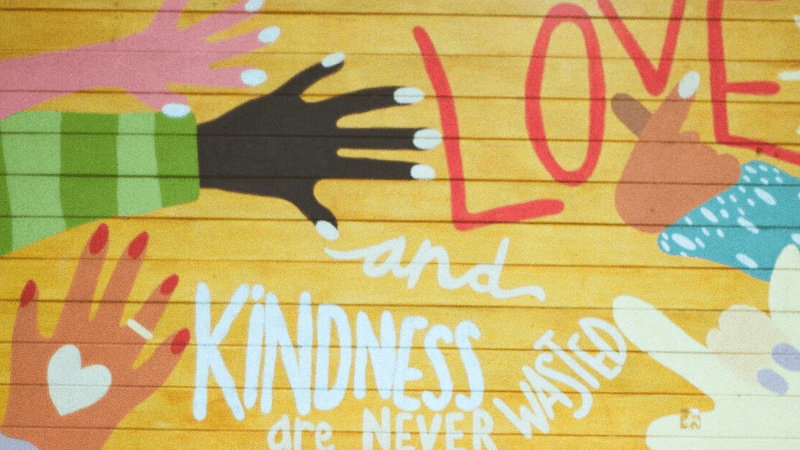An important element in the building of a mindful classroom is the practice of kindness. These activities may be introduced as an activity of the week or a month, and may also be a rewarding loop to cycle through the year.

An important element in the building of a mindful classroom is the practice of kindness. When we want to support the active practice of kindness in our students, it’s important that we do so kindly. Children and teens respond to our positive regard. When we notice their kindness and thank them, we’re fostering a classroom culture based on their behavior, not our exhortations.
To build a stronger culture of kindness in your classroom, explore this three-part process with your students. And repeat.
- Articulate your intentions to be kind
- Recognize one another’s actions of kindness
- Reflect mindfully on the rewarding feelings when we’re kind to others
This may be introduced as an activity of the week or a month, and it may also be a rewarding loop to cycle through the year.
1. Articulate Our Intentions to Be Kind
Create a kindness wall. Collaborate on what kind actions look like. Make a “kindness wall” on a bulletin board, a spare closet door, or another decorative space to surround your students with frequent reminders.
To jumpstart your group reflection, ask your students to give examples of kindnesses they’ve received. Encourage them to offer ideas that don’t cost money, don’t take a heroic action, and don’t require preparation––just readiness and follow-through.
I’ve heard everything from “share a smile with someone,” “practice making eye contact with people,” “say hi to a younger kid at recess,” to “be an upstander,” and “offer your turn in a game when someone’s waited a long time.”
Whatever ideas your students offer, receive them gratefully; this will build their confidence and creativity.
Article continues below
Bring Mindfulness to Your K-12 School
Access the Mindful Schools K-12 Curriculum, complete teaching kit, and comprehensive training to nurture attention, focus, self-regulation, and social-emotional wellbeing.
2. Recognize One Another’s Kind Actions
Pick a regular time for students to share what kind actions they’ve received or noticed. Carving out a specific time for this activity might feel deliberate at first, part of your morning or after-lunch ritual. It’s up to us to keep it going by making a space for our students to feel free to call out such actions. As you progress in your building-up of a kinder classroom culture, enjoy stepping back from being the leader, and watch for your students’ spontaneous offerings. That’s when you know kindness is building in your classroom.
3. Reflect on the Rewards of Kind Actions
Reflect. Ask students how it feels to give and receive kindness. This is another deliberate kindness practice called, “soaking in the good.” Ask your students to recall a kind action they’ve undertaken. Invite them to feel where in their bodies the memory might show up––in their stomach, throat, heart, or in the feeling of a smile. This “soaking in” can be part of your daily mindfulness practice with them, as a way to close a short practice.
If you have more time, students can make a self-portrait or write a quick note on a post-it that they fold and place into a Gratitude Jar. What’s important is to normalize that reflection so they bask a little in their own practice of kindness.
More resources
We love the many creative ways you can kick-start more kindness in your classroom. Check these out for more ideas: ways for families to extend the practices at home; books to read.

